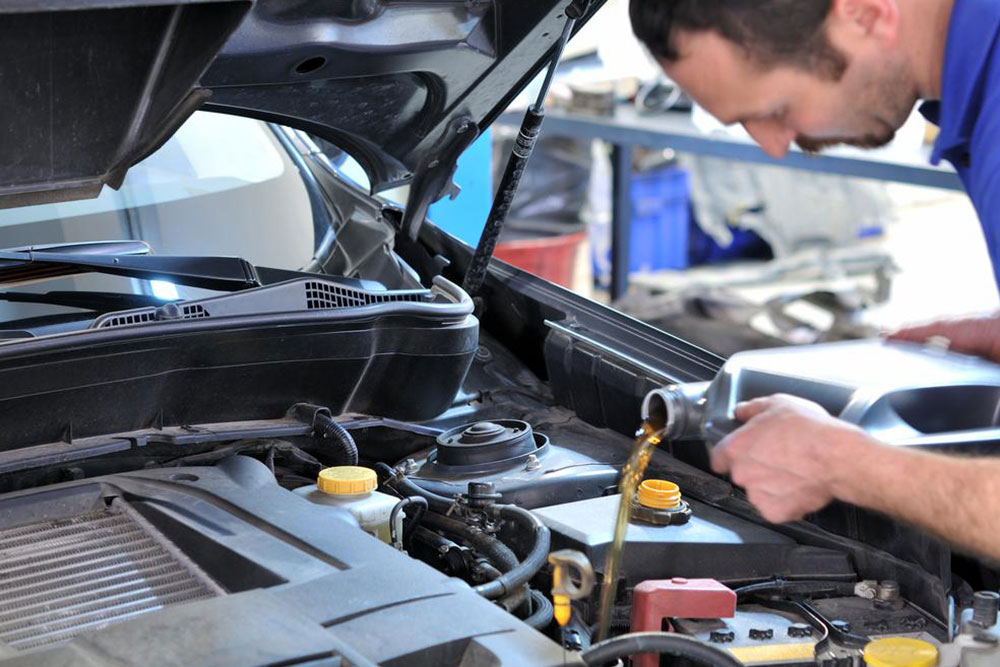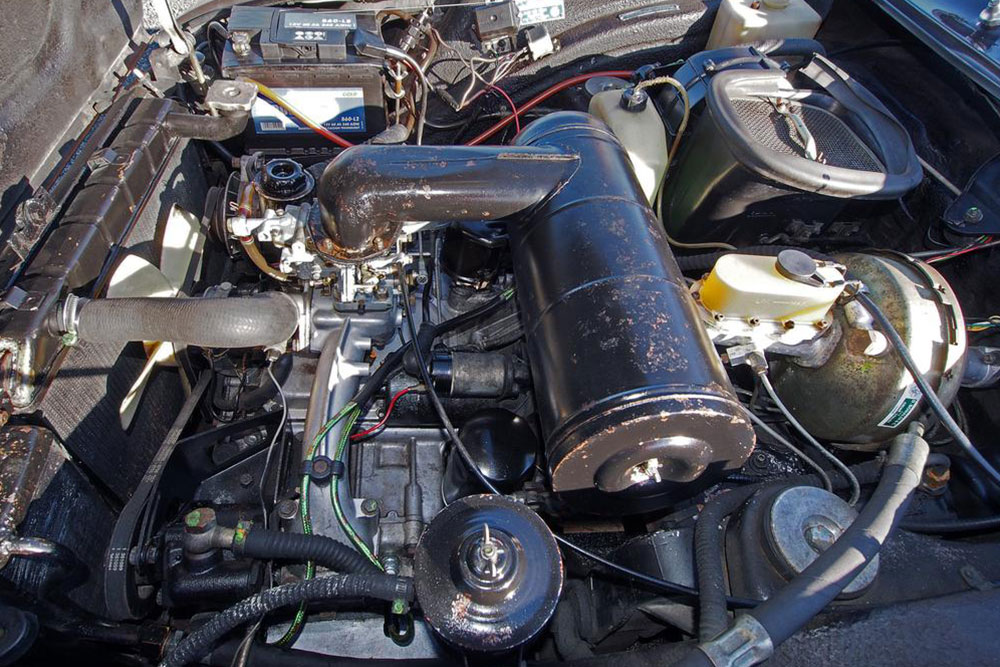Comprehensive Guide to Performing Your Car's Oil Change for Optimal Vehicle Performance
This comprehensive guide covers everything you need to know about performing your car's oil change. From understanding why regular oil changes are vital to detailed step-by-step instructions, learn how to maintain your vehicle efficiently. Proper lubrication is key to engine health, and this article offers expert tips to help you DIY or know when to seek professional help, ensuring your vehicle runs smoothly and lasts longer. Discover how routine oil maintenance can save you money and prevent future engine issues with our expert advice.

Comprehensive Guide to Performing Your Car's Oil Change for Optimal Vehicle Performance
Maintaining your vehicle through regular oil changes is one of the most essential aspects of car ownership. Proper engine oil not only lubricates the moving parts within your engine but also helps in managing heat and preventing corrosion. A well-maintained engine runs more efficiently, lasts longer, and reduces the risk of costly repairs down the line. Many car owners wonder about the best practices for changing their engine oil, and understanding the process is key to professional-level maintenance at home. In this comprehensive guide, we'll walk you through every step needed to perform an effective oil change, highlight signs indicating when your oil needs replacing, and share tips to ensure your vehicle remains in top condition.
Why Regular Oil Changes Are Critical for Your Vehicle
Engine oil plays a vital role in the health of your vehicle. It acts as a lubricant, reducing the friction that occurs between the countless moving parts inside your engine. Without proper lubrication, these components can overheat, wear excessively, and even seize up, leading to catastrophic engine failure. Over time, engine oil degrades and collects dirt, debris, and other contaminants, which diminishes its effectiveness. This is why regular oil changes are essential for maintaining engine performance and longevity.
Understanding When to Change Your Engine Oil
The frequency of oil changes depends on a variety of factors, including the type of vehicle, driving habits, and operating conditions. Traditionally, it was recommended to change oil every 3,000 miles or three months, but modern synthetic oils can last considerably longer—up to 7,500 or even 10,000 miles under optimal conditions. However, always refer to your vehicle’s owner’s manual for manufacturer recommendations. Signs that your engine oil needs changing include dark, dirty, or gritty oil, a burning smell, increased engine noise, or if the oil level is low. Maintaining a regular inspection routine helps prevent potential engine damage.
Preparation Before Changing Your Car's Oil
Before diving into an oil change, gather all necessary tools and supplies. You will need new engine oil suitable for your vehicle, a new oil filter, a wrench or socket set, a drain pan, a funnel, gloves, and safety equipment such as eye protection. Ensure your vehicle is parked on a flat, stable surface and turn off the engine. Allow the engine to cool down for about 10-15 minutes to prevent burns and make draining easier. Elevate your vehicle with jack stands or ramps if needed for better access to the oil drain plug and filter.
Step-by-Step Guide to Changing Your Car’s Oil
1. Warm Up the Engine: Start the engine and let it run for a few minutes to warm the oil, which helps it to drain more completely. Then turn off the engine and ensure it is cool enough to touch.
2. Lift the Vehicle: Use ramps or a hydraulic jack and jack stands to lift the front of your vehicle safely. Secure the vehicle properly to prevent accidents.
3. Drain the Old Oil: Place your drain pan beneath the oil pan drain plug. Use an appropriate wrench to loosen and remove the drain plug. Allow all the oil to flow into the pan—this could take several minutes. Once drained, reinstall and tighten the drain plug securely.
4. Remove and Replace the Oil Filter: Use an oil filter wrench to unscrew the old filter. Before installing the new filter, apply a small amount of fresh oil to the gasket to ensure a proper seal. Screw in the new filter by hand, then tighten slightly more with the wrench.
5. Add Fresh Oil: Lower your vehicle if it was elevated, then locate the oil fill cap. Using a funnel, pour the correct amount and type of new engine oil into the engine. Refer to your owner’s manual for specified quantities.
6. Check the Oil Level: After adding oil, wait a couple of minutes, then use the dipstick to verify the oil level is within the recommended range. Top up if necessary.
7. Start the Engine and Inspect: Start your engine and let it idle for a few minutes. Check underneath the vehicle for leaks around the drain plug and filter. Turn off the engine and recheck the oil level, adjusting if needed.
Essential Tips for Maintaining Your Vehicle
Performing an oil change is just one part of ongoing vehicle maintenance. Regularly scheduled oil changes, combined with other routine checks such as tire pressure, brake inspection, and fluid levels, can significantly extend your vehicle's lifespan. Keep records of your oil changes and adhere to the intervals recommended by your manufacturer. Using high-quality, manufacturer-approved oil and filters contributes to better engine health. Remember, if you are unsure or uncomfortable performing an oil change yourself, professional services are readily available, ensuring your vehicle remains in excellent condition.
Conclusion: The Benefits of Proper Oil Maintenance
In conclusion, understanding how to perform your own oil change empowers vehicle owners to save money and maintain control over their car’s care. Regular oil replacement safeguards your engine from wear and tear, enhances fuel efficiency, and ensures smoother operation. By following this comprehensive step-by-step guide, you can confidently undertake your next oil change and keep your vehicle running at peak performance for miles to come. Remember, consistent maintenance is the key to a reliable, long-lasting vehicle.





